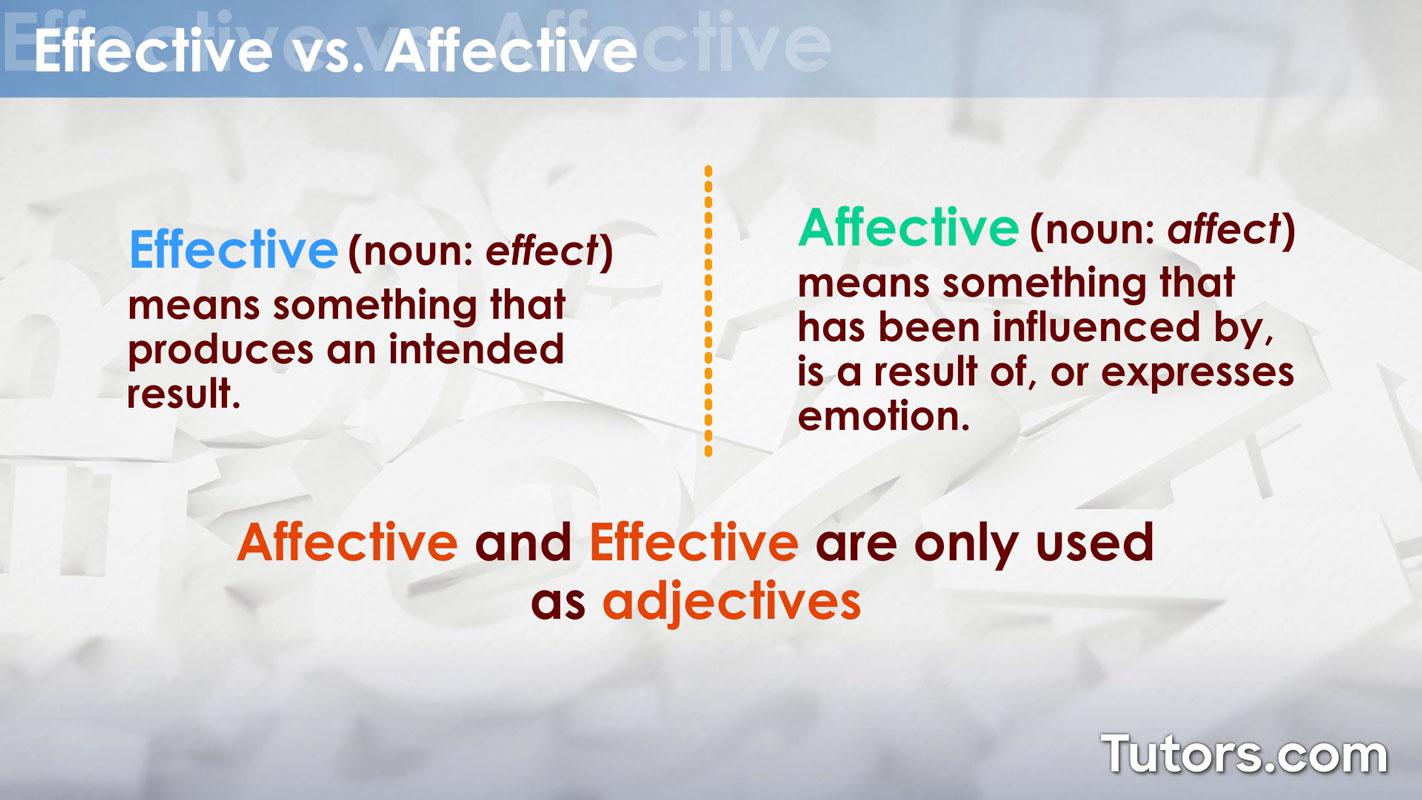The pursuit of perfection in golf requires more than just repetitive swings and hours spent on the driving range. It demands an understanding of the subtle strategies and techniques employed by seasoned golfers to elevate their game. This article delves into the intricacies of decision-making, course management, and shot shaping, providing practical insights and strategies to help golfers unlock their potential and achieve exceptional results on the greens.
Effective Green Reading: Deciphering the Undulations for Optimal Putting
Unleash your putting potential by mastering the art of deciphering green undulations. Skilled golfers possess the extraordinary ability to envision subtle slopes, breaks, and contours, enabling them to roll putts with precision and accuracy. Begin by studying the green from a distance, examining the overall shape and tilt. Pay close attention to any visible ridges, mounds, or swales that may influence the ball’s trajectory.
Step closer and meticulously analyze any subtle undulations or imperfections on the green’s surface. Observe the grain direction, indicated by the pattern of grass growth and typical roll of the ball. Determine the location of any slopes that deviate perpendicularly from this grain, as such deviations can dramatically impact the pace and direction of your putt.
Subsequently, practice reading the green from multiple vantage points, observing how the ball reacts to the undulations from various angles. Use your feet to gauge the severity of slopes or incorporate a laser rangefinder or plumb bob to measure exact distances. Develop a comprehensive mental picture of the green’s topography, ensuring you account for potential illusions caused by the surrounding terrain.
Strategic Tee Shot Placement: Maximizing Advantage and Minimizing Penalties
Choosing the optimal starting point for every hole is crucial as it determines a golfer’s strategy and subsequent performance. Skilled golfers understand the importance of carefully considering the distance to the hole, potential hazards, and wind conditions before executing their tee shots.
Expert golfers often employ a variety of tee shot strategies to gain an advantage over the course. This may involve playing a fade or draw to shape the ball around obstacles, or by hitting different clubs to control the distance and trajectory. Moreover, the location of the tee shot can be adjusted to alter the angle of approach, providing a more favorable line of sight to the hole.
It is also essential to manage risk when making tee shots. This involves identifying and avoiding hazards that could lead to penalties or lost strokes. For instance, golfers might opt for a safer tee shot to avoid a water hazard, even if it means sacrificing some distance. Understanding the potential consequences of each shot and weighing the risks and rewards is vital in making informed decisions on the tee box.
Here are some key points to remember for strategic tee shot placement:
- Consider the distance to the hole and any hazards or obstacles along the way.
- Decide what type of shot is best suited for the hole (e.g., fade, draw, or straight).
- Choose a club that will allow you to hit the ball the desired distance and trajectory.
- Adjust the location of the tee shot to alter the angle of approach to the hole.
- Manage risk by identifying and avoiding hazards that could lead to penalties or lost strokes.
Psychological Factors in Golf: Embracing the Mental Game for Nerves Management
## Psychological Factors in Golf: Embracing the Mental Game for Nerves Management
The psychology of golf plays a pivotal role in the success of a golfer. Nerves management is a particularly important aspect of mental game mastery, as it allows players to maintain focus, composure, and accuracy amidst the pressure of competition.
Cognitive and emotional aspects are central to understanding the psychological factors that influence nerves management. Cognitive strategies such as positive self-talk, imagery, and pre-shot routines can aid golfers in controlling their thoughts and emotions. These techniques help build mental resilience, reduce anxiety, and promote focus on the task at hand.
Emotional management, on the other hand, involves recognizing, understanding, and regulating emotions that affect performance. Golfers can devise emotional regulation strategies such as relaxation exercises, breathing techniques, and mental refocusing to minimize the negative impact of nerves and stress. These strategies are designed to decrease the physiological arousal associated with pressure, promoting a more composed and effective mental state on the course.
Ultimately, integrating these psychological strategies into one’s golfing routine can significantly enhance nerves management. By cultivating a strong mental game, golfers can mitigate the effects of pressure, increase mental resilience, and perform at their best when it matters most.
Course Management: Navigating Challenges and Maximizing Opportunities
Effective course management is a crucial element of successful golf. Skilled golfers possess a deep understanding of the course layout, wind conditions, and potential hazards. They employ strategic shot placement, club selection, and risk assessment to optimize their performance. Here are some key strategies for effective course management:
-
Hazard Avoidance: Identifying and avoiding hazards is paramount. Bunkers, water bodies, and rough patches can severely impact your score. Plan your shots carefully to minimize the risk of encountering these challenges. Use your knowledge of the course layout to select clubs that allow you to carry or avoid hazards safely.
-
Wind Management: Wind can significantly influence ball trajectory and distance. Observe the wind direction and speed before each shot. Adjust your club selection and aim accordingly to compensate for the wind’s impact. Playing with the wind can offer advantages, such as increased carry distance, while playing against the wind requires a more conservative approach.
-
Risk Assessment: Skilled golfers assess the risks and rewards of each shot carefully. Consider the potential consequences of hitting a high-risk shot versus playing a safer option. Weigh the likelihood of success and failure, and choose the strategy that aligns with your overall game plan. A well-thought-out risk-taking strategy can lead to significant rewards, while excessive risk-taking can result in costly penalties.
Advanced Shot Shaping: Precision Control for Enhanced Accuracy and Spin Manipulation
Shot shaping, an essential skill for golfers, involves controlling the trajectory and spin of the ball to achieve desired outcomes. Skilled golfers utilize several techniques to shape their shots, enabling them to navigate hazards, attack pins, and gain an advantage on the course.
-
Draw and Fade Control: By manipulating the clubface angle at impact, golfers can induce draw (ball curves left) or fade (ball curves right) shots. Draw shots, with their left-to-right trajectory, excel at hugging fairways and holding greens. Fade shots, on the other hand, are effective for avoiding hazards on the right side of the fairway or drawing the ball back from the rough.
-
High and Low Ball Flight: Controlling the angle of attack, golfers can produce high or low ball flights. High shots, with their steep angle of descent, excel at stopping quickly on greens and clearing obstacles. Low shots, with their flatter trajectory, travel further and can be used to run the ball up slopes or under windy conditions.
-
Spin Manipulation: By imparting backspin or topspin on the ball, golfers can influence its trajectory and landing characteristics. Backspin, created by striking the ball below its equator, causes the ball to rise quickly and land softly, promoting greater control on approach shots and around the greens. Topspin, on the other hand, reduces the ball’s height and promotes a longer roll on the putting surface.
the judicious application of subtle techniques can dramatically enhance one’s performance on the golf course. By mastering the art of green reading, strategic tee shot placement, effective course management, and refined shot shaping, golfers can gain a significant edge over their opponents. Integrating these nuances into their game not only improves accuracy and minimizes stroke count but also fosters a mindset that values precision and tactical decision-making. Embracing the principles outlined in this article empowers golfers to unlock their full potential, enabling them to achieve golfing excellence and consistently deliver exceptional results.




